With ranges up to 450 miles and the potential for vehicles costing less than $35,000 in the electric vehicle mix by the middle of the decade, GM’s numbers surrounding its widely broadcast all-electric future have suddenly become better in several respects.
Ahead of a presentation to be delivered with CEO Mary Barra Thursday at Barclays Global Automotive Conference, Doug Parks, GM's executive VP for product development, purchasing, and the supply chain, explained why the company is upping its intended 2020-2025 investment in all aspects of electric vehicles and autonomous vehicles to $27 billion, from $20 billion announced last March.
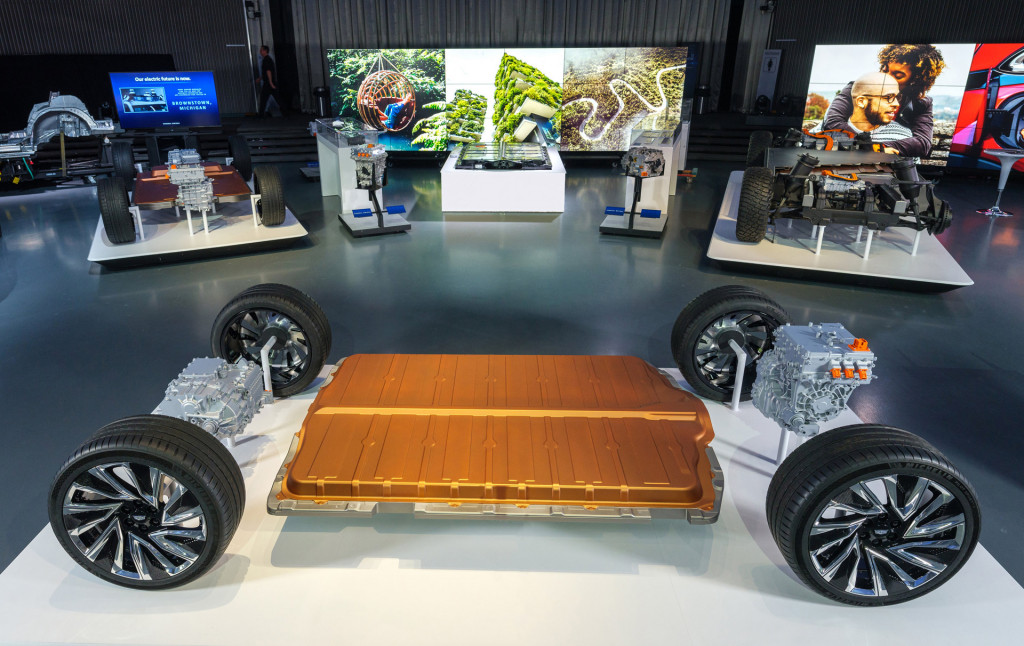
General Motors' BEV3 platform and Ultium batteries
According to Parks, the company has pulled a number of EV programs ahead versus even earlier in the year—like the Cadillac Lyriq, as well as some models not yet shown—and it’s made continued investments in further development of its battery chemistry.
“Building your own cell is priceless,” he said, underscoring that without its own battery development and the joint venture with LG Chem, called Ultium Cells LLC, it wouldn’t be able to plan profitable, more affordable vehicles in the near future.
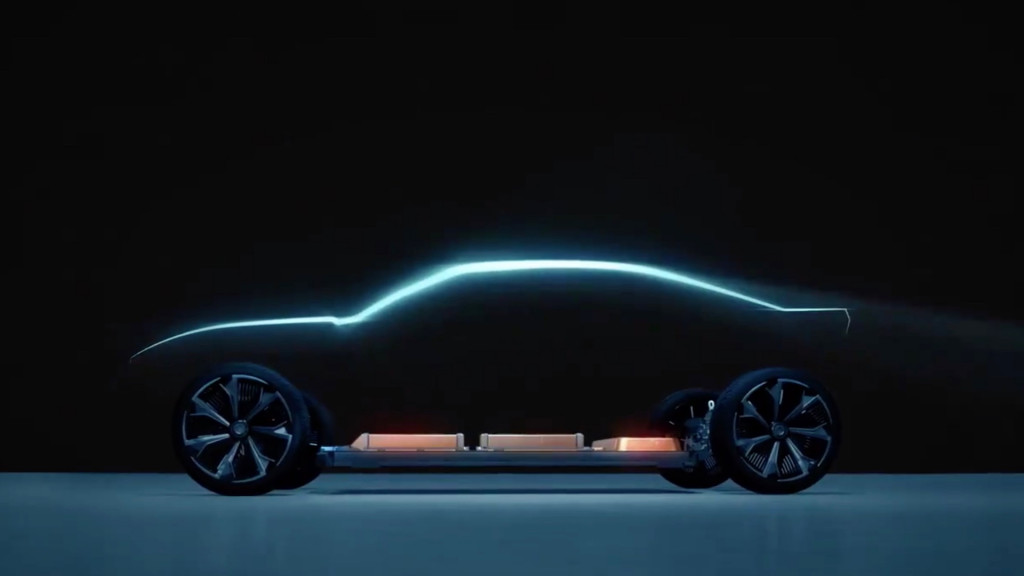
Possible electric Chevrolet Camaro in GM Ultium teaser video
A company release accompanying the stepped-up plan stated that it now plans “EVs at all price points for work, adventure, performance, and family use.”
That includes models priced right in the heart of the market, in the $35,000 range, and perhaps below, Parks hinted, responding to questions about how low that means. “We'll certainly be in the high-volume segments,” he said. “And then as that cost comes down we’ll continue to drive that even farther.”
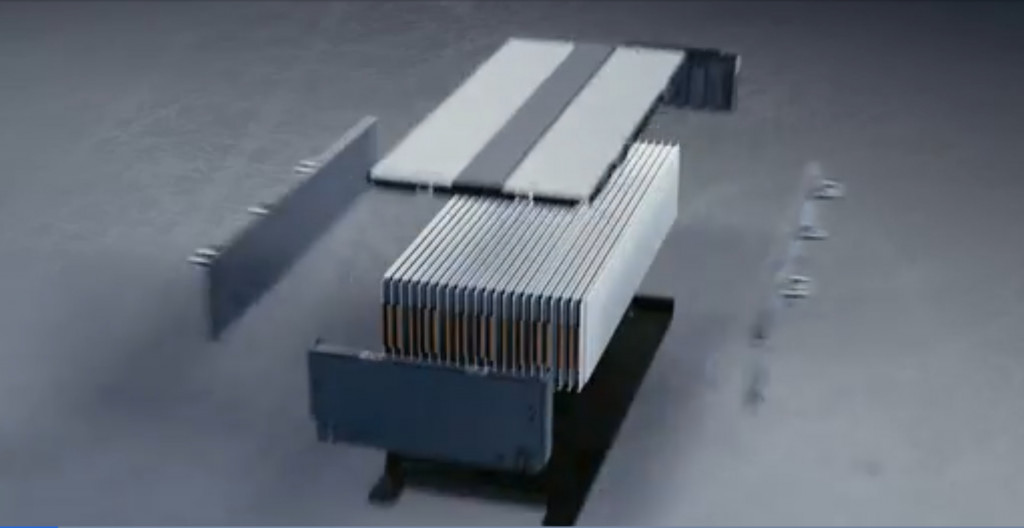
GM Ultium battery
Parks again emphasized that a single-cell strategy—and realizing economies of scale with it—makes that possible. GM can configure the same large-format pouch cells used in all of its future Ultium-powered electric vehicles horizontally or vertically into modules, with single- or double-layer packs and the potential—as in the Hummer EV—for 800-volt charging.
GM is now anticipating to get to cost parity with internal combustion vehicles soon after the launch of the Ultium vehicles, which is set to start next fall with the release of the Hummer EV. Ultium packs, by the kilowatt-hour, will cost 60% less than today’s packs, with twice the energy density, by the middle of the decade. A 40% drop in cost will be realized right off the starting line, according to Parks, with the launch of the Hummer EV and Cadillac Lyriq.
Because of incremental propulsion developments, GM can now claim a range of 450 miles for that top battery of more than 200 kwh, although not necessarily in the bulky Hummer EV.
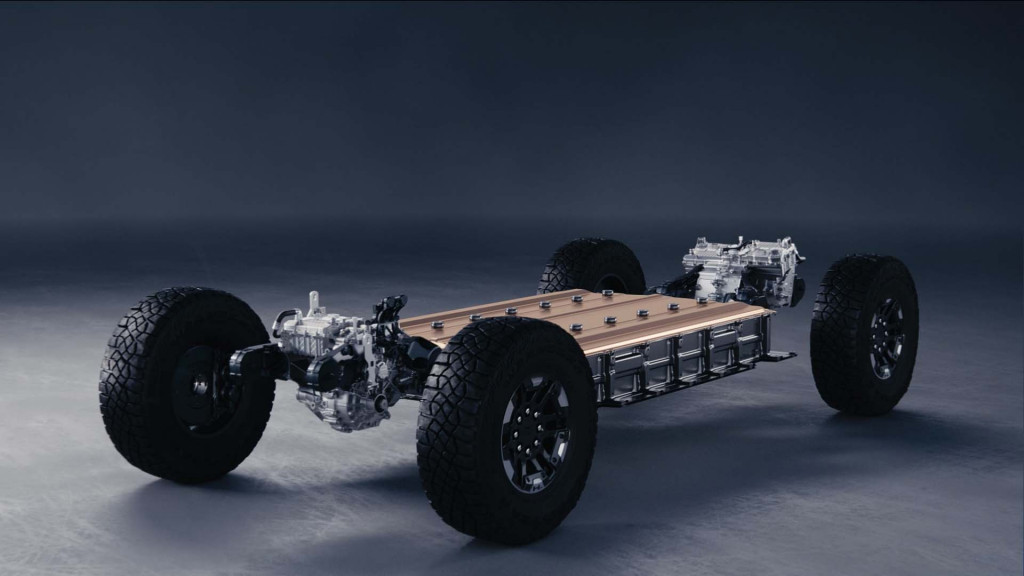
2022 GMC Hummer EV
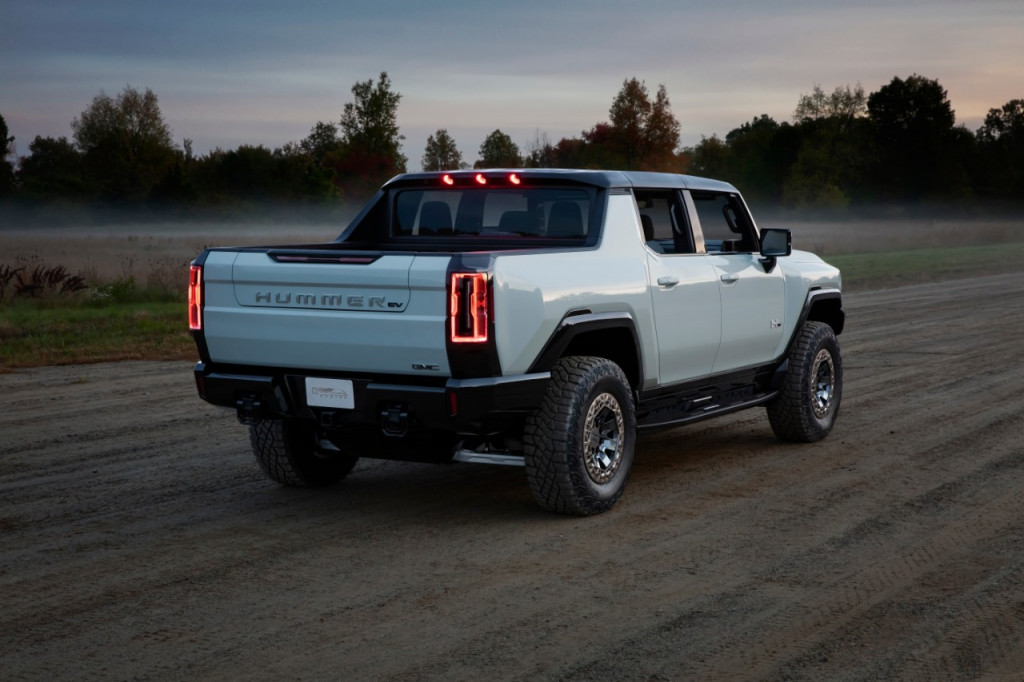
2022 GMC Hummer EV
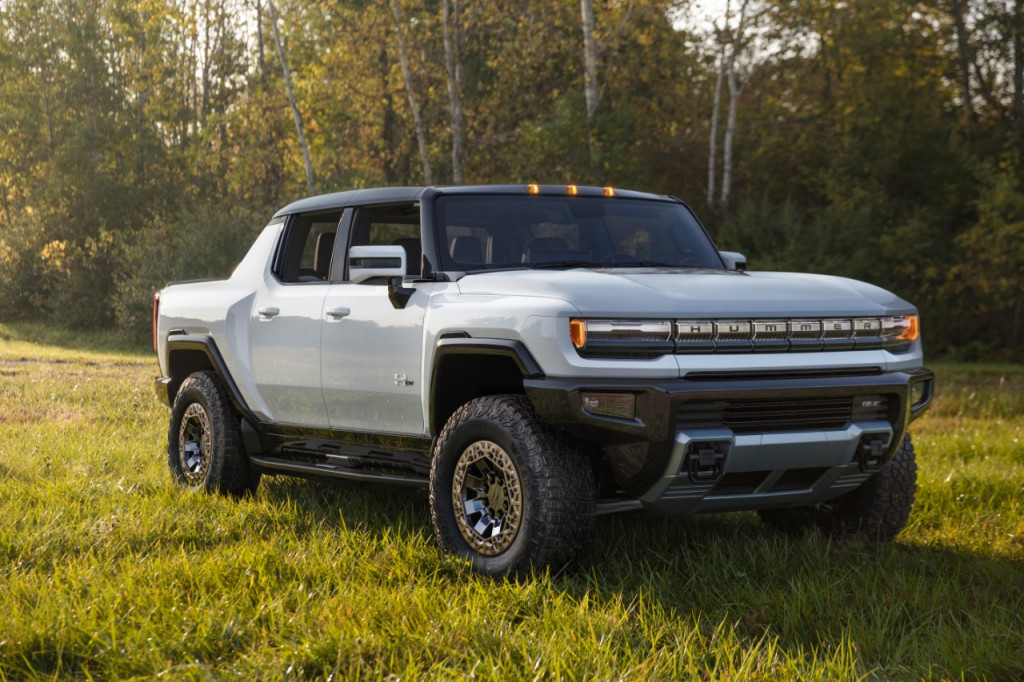
2022 GMC Hummer EV
Counting on those economies of scale for batteries, GM now says that it plans to launch 30 different new global EV models, with 20 of those available in North America. Cadillac, GMC, Chevrolet, and Buick will be represented in the product rollouts.
That consists of three other GMC variants, including another EV pickup; four Chevrolet EVs, including a pickup (above, and styled somewhat like the Avalanche, as we've noted before) and compact crossover; and four new Cadillacs. A slide notes an especially shortened timeline for a second GMC electric pickup and a Chevrolet compact crossover.

GM EVs pulled ahead - November 2020
GM is already running durability testing on its “nex-gen Ultium” cells that would be phased in around the middle of the decade in a wide range of vehicles already in production. The cells will help GM meet affordability targets with fewer cells needed for the range people expect.
Parks pointed particularly to an affordably priced C-segment crossover, somewhat like the Chevrolet Equinox, but with a different mission. "As we get volume on that C segment SUV, and we get volume on ourselves, and we get the new chemistry, by mid decade that continues to create our ability to offer vehicles at lower and lower prices.”
GM still plans on a million EVs by mid-decade. “There will be additional battery volume cell volume required, so we’re already planning for that,” Parks said, confirming that will eventually require expanded capacity at the Ohio battery plant.
